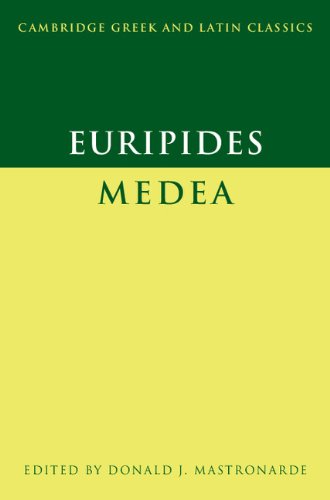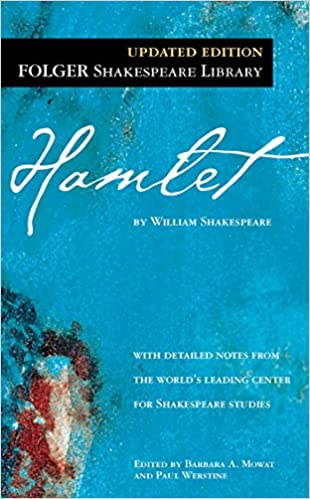
Hamlet
by William Shakespeare
Queer writer: Widely debated
Explicitly queer characters: No
Queer elements: Throughout this work, Hamlet is driven largely by instructions from his ghostly father, bringing the past into the present in a structurally queer collision. Beyond that, Hamlet’s entire quest to kill his uncle can be read as a threat to the heteronormative reproductive cycle that is necessary to perpetuate the monarchy that Claudius so longs to control. Plus, everyone loves to ship Hamlet x Horatio.
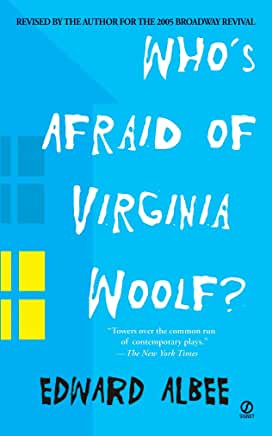
Who's Afraid of Virginia Woolf? (1962)
by Edward Albee
Queer writer: Yes
Explicitly queer characters: No
Queer elements: This play infamously deconstructs notions of gender performativity and heteronormative marriage and is perhaps one of the best-known queer dramas in contemporary theatre. Beyond this, it melds past, present, and future together in a truly unsettling way. Is it horror? Perhaps not in the most traditional of senses, but this psychological drama seems horrific enough to justify inclusion on this list.
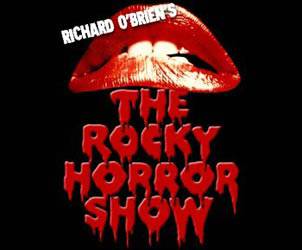
The Rocky Horror Show (1973)
by Richard O'Brien
Queer writer: Yes
Explicitly queer characters: Yes
Queer elements: In this wild ride of a musical, banally heteronormative fiancés Janet Weiss and Brad Majors are swept into the flamboyantly strange world of Dr. Frank-N-Furter, a cross-dressing, pansexual scientist from Transsexual Transylvania who introduces himself with a song called “Sweet Transvestite.” Need we say more?
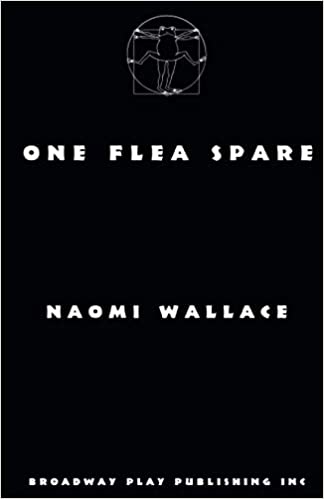
One Flea Spare (1995)
by Naomi Wallace
Queer writer: No
Explicitly queer characters: No
Queer elements: Wallace’s works always brim with a tantalizing mix of sexuality and politics, and One Flea Spare is no different. Playing off the classic conceptualization of the drawing room play, this show explores an innately queer subversion of traditional understandings of gender, sexuality, and morality.
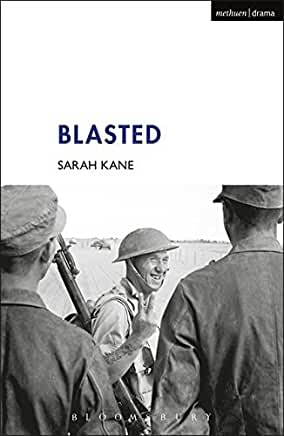
Blasted (1995)
by Sarah Kane
Queer writer: Unknown
Explicitly queer characters: Unclear
Queer elements: With an ambiguously ordinary setting and a muddled progression through time and space, this explicit and controversial play careens forward across an implicitly queer structural foundation. Throughout the work, Kane explodes the flaws of heteronormative relationships and understandings of reproduction while also tackling issues of imperialism, racism, and militarism. Warning: this play is controversial for a reason and features graphic, onstage portrayals of violence, including rape.
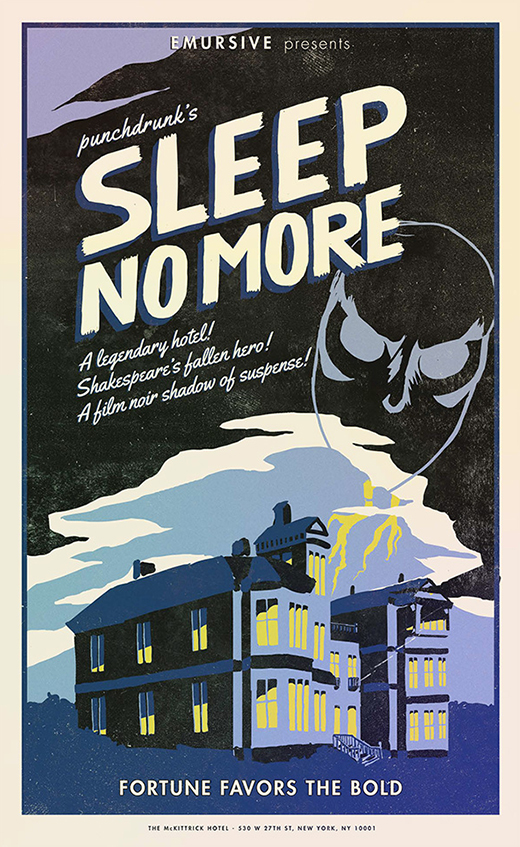
Sleep No More (2011)
devised by Punchdrunk Theatre Company
Queer writer: n/a
Explicitly queer characters: Yes
Queer elements: This play is an adaptation of Shakespeare’s Macbeth, devised by members of the Punchdrunk Theatre Company. The story is also influenced by the events of the 1697 Paisley witch trials. In addition to the inherent queerness of Shakespeare’s original story—the witches, Lady Macbeth’s rejection of heteronormative femininity, Macbeth’s unsettling of monarchial reproductive futurity, etc—this production creates an inherent queering of the theatrical form. Audience members witness a fully immersive production and can view a number of events in any sequence, thus allowing the entire production to exist in a strangely queered confluence of time and space.
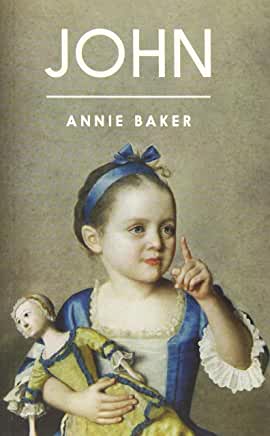
John (2015)
by Annie Baker
Queer writer: No
Explicitly queer characters: No
Queer elements: From the bats in the attic to the haunted Samantha doll, Baker’s piece is chock full of delightfully queer gothic tropes. The past comes careening into the present as Jenny and Elias’s relationship falls apart, Mertis whisks up strange, murky potions, and Genevieve is haunted by the ghost of her ex-husband. Together, the women of this play present a coven-like threesome and offer up a queered look at gender and domesticity in a show that breaks the traditional four-wall structure, subverting even the dramatic form itself.
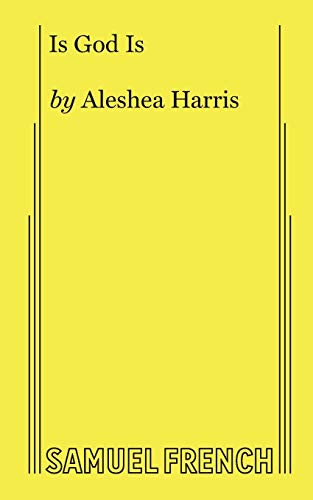
Is God Is (2018)
by Aleshea Harris
Queer writer: Unknown
Explicitly queer characters: No
Queer elements: This play stitches together a pastiche of Jacobean revenge, cowboy Westerns, and Afropunk styles to create a deeply resonant tragedy that queers and critiques contemporary understandings of family, gender, and genre. Structurally, the unique dialogue and nontraditional typography further queer the tangible being of the play in an immediate and visual sense.
